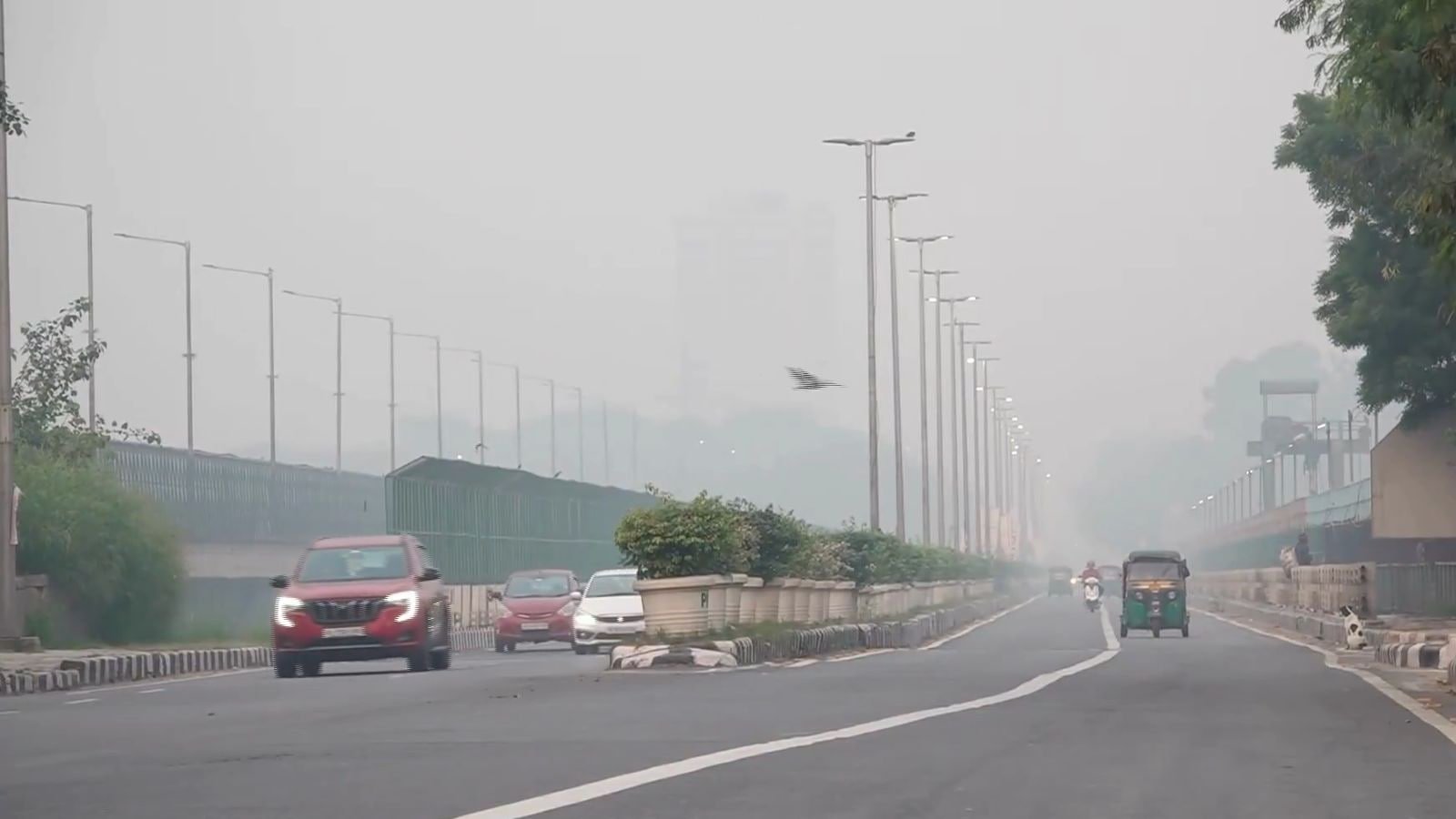Delhi Air Quality Index (AQI) Level Today, 20 October 2025: As Delhi gears up to celebrate Diwali today, the city is already wrapped in a thick layer of smog, making it increasingly difficult to breathe. Air quality across the national capital has plunged further, slipping into the “hazardous” category.
Bursting of crackers, along with stubble burning and vehicular emissions from those long lines of traffic, has pushed the air quality across Delhi into the ‘hazardous’ category, with an AQI of 354 at 7 am, according to private air quality monitor and forecaster AQI.in.
The Air Quality Early Warning System (EWS) for Delhi, however, pegged the AQI slightly lower at 330.
The Commission for Air Quality Management (CAQM) in Delhi-NCR has ordered the immediate implementation of measures under Stage II of the Graded Response Action Plan (GRAP), after the city’s air quality deteriorated to the “very poor” category on Diwali eve (Sunday), with an AQI of 257.
The AQI across Delhi-NCR has been on an upward trend over the past week, with the 24-hour average AQI in Delhi recorded at 296 — categorised as “poor.” An AQI above 300 is considered “very poor,” while readings above 400 fall into the “severe” range.
Data from AQI.in shows that air quality began deteriorating further around 10 pm on Sunday, continuing to worsen through the night. The AQI peaked at 371 around 3.04 am on October 20.
VIDEO | Delhi: Morning visuals from ITO area. #weatherupdate #Delhi
(Full video available on PTI Videos- https://t.co/dv5TRAShcC) pic.twitter.com/SD2FZ1DncC
— Press Trust of India (@PTI_News) October 20, 2025
Ashok Vihar Phase 2 reported the worst AQI at an alarming 714, while several other areas in Delhi registered readings above 400, all falling under the “hazardous” category.
According to AQI.in, breathing in Delhi is currently as harmful as smoking 8.3 cigarettes a day. This estimate is based on the average PM2.5 concentration over the past 24 hours, assuming continuous exposure during that period.
Story continues below this ad
Weather forecast for New Delhi
The temperature in the national capital on Monday morning was 22.8 degrees Celsius, with humidity at 90 per cent.
NCR AQI update
Air quality across the National Capital Region has also worsened. At 7 am, Ghaziabad recorded an AQI of 296, while Noida and Greater Noida stood at 331 and 310, respectively — all falling under the “hazardous” category.
The PM2.5 concentration on Monday was measured at 245 µg/m³, far exceeding the World Health Organization (WHO) limit of 15 µg/m³. The current PM2.5 level in New Delhi is 16.4 times above the recommended guideline.
According to the WHO, “exposure to PM2.5 can cause diseases affecting both the cardiovascular and respiratory systems, including stroke, lung cancer, and chronic obstructive pulmonary disease (COPD)”.
Story continues below this ad
The AQI scale categorises air quality as follows: Good (0–50), Satisfactory (51–100), Moderately Polluted (101–200), Poor (201–300), Very Poor (301–400), and Severe (401–500). The higher the reading, the more harmful the air becomes to breathe.
Restrictions in place
Under Stage II of GRAP, civic agencies have been directed to increase parking fees to discourage the use of private vehicles. The use of portable diesel generators has been restricted, except in essential services such as hospitals, airports, bus terminals, and projects related to national security, among others.



